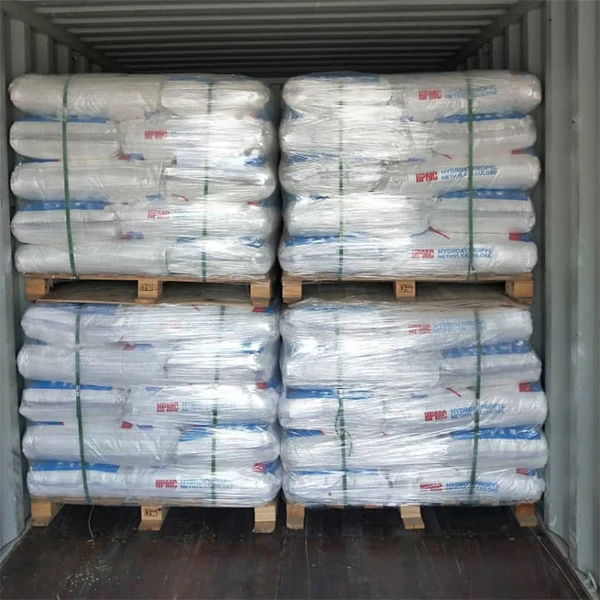The Role of Cellulose in Paints Enhancing Performance and Sustainability
Cellulose, a naturally occurring polymer derived from plant cell walls, has garnered significant attention in various industries, including the paint and coatings sector. Its unique properties, such as biodegradability, non-toxicity, and excellent film-forming capabilities, make cellulose a valuable ingredient in formulating eco-friendly paints. As the demand for sustainable and high-performance coatings continues to rise, understanding the role of cellulose in paints becomes increasingly important.
What is Cellulose?
Cellulose is the most abundant organic polymer on Earth, primarily found in the cell walls of plants, trees, and agricultural residues. It is composed of long chains of glucose molecules, resulting in a robust and flexible structure. The versatility of cellulose allows it to be modified and processed into various derivatives, such as cellulose ethers (e.g., hydroxypropyl methylcellulose, carboxymethyl cellulose) and cellulosic esters. These derivatives are commonly used in paints to enhance their properties.
Benefits of Cellulose in Paint Formulations
1. Film Formation and Stability Cellulose derivatives, particularly those that are soluble in water, play a crucial role in film formation during the drying process of paints. They create a continuous, stable film that adheres well to surfaces, ensuring durability and resistance to environmental factors. This property is vital for both interior and exterior coatings.
2. Thickening Agent Cellulose acts as a natural thickener in paint formulations. It helps achieve the desired viscosity, allowing for better application and coverage. A thicker consistency also improves sag resistance and prevents dripping, enhancing user experience during painting.
cellulose for paints

3. Water Retention The ability of cellulose to retain water is advantageous in water-based paints. It ensures that the paint remains workable longer during application, allowing for better blending and leveling. This water retention property also contributes to reducing the occurrence of brush marks and improving the overall finish of the paint.
4. Eco-Friendly Alternative As the world transitions towards sustainability, cellulose offers a greener alternative to synthetic additives commonly used in paints. Being a natural polymer, cellulose is biodegradable and poses minimal environmental impact. This shift towards eco-friendly ingredients is not only beneficial for the planet but also meets the growing consumer demand for sustainable products.
5. Enhanced Adhesion The presence of cellulose in paint formulations can improve adhesion to a variety of substrates, including wood, plaster, and metal. This enhanced adhesion contributes to the longevity of the paint and reduces the chances of peeling or flaking over time.
The Future of Cellulose in Paints
As research and development efforts continue to explore the potential of cellulose in paints, innovative formulations are emerging that capitalize on its unique properties. Advances in technology are enabling the creation of more refined cellulose derivatives that can further improve the performance of paints. Moreover, the increasing focus on sustainability in the coatings industry is likely to drive the growth of cellulose-based formulations, providing manufacturers with eco-friendly solutions that meet regulatory standards and consumer preferences.
Conclusion
In conclusion, cellulose serves as a multifunctional and sustainable component in paint formulations. Its contributions to film formation, viscosity control, water retention, adhesion, and eco-friendliness align perfectly with the growing demand for high-performance and environmentally friendly coatings. As the industry evolves, leveraging the benefits of cellulose will not only enhance paint performance but also promote a greener approach to surface protection and beautification. Embracing cellulose in paints represents a step forward in achieving sustainability without compromising on quality.
-
Premium Detergent Grade HPMC Hydroxypropyl Methylcellulose: Superior Thickening & StabilityNewsAug.31,2025
-
HEC 100000 Hydroxyethylcellulose for Paint | Superior ThickeningNewsAug.30,2025
-
Wall Putty Rdp Powder Packaging DesignNewsAug.29,2025
-
Introduction to Hpmc Hydroxypropyl Methyl CellulosNewsAug.29,2025
-
Hpmc Industri Grade IntegrationNewsAug.29,2025
-
How to Choose the Right Construction AdhesiveNewsAug.29,2025




